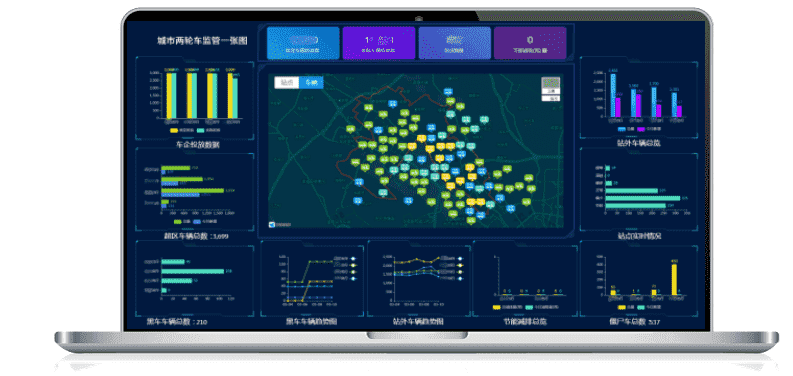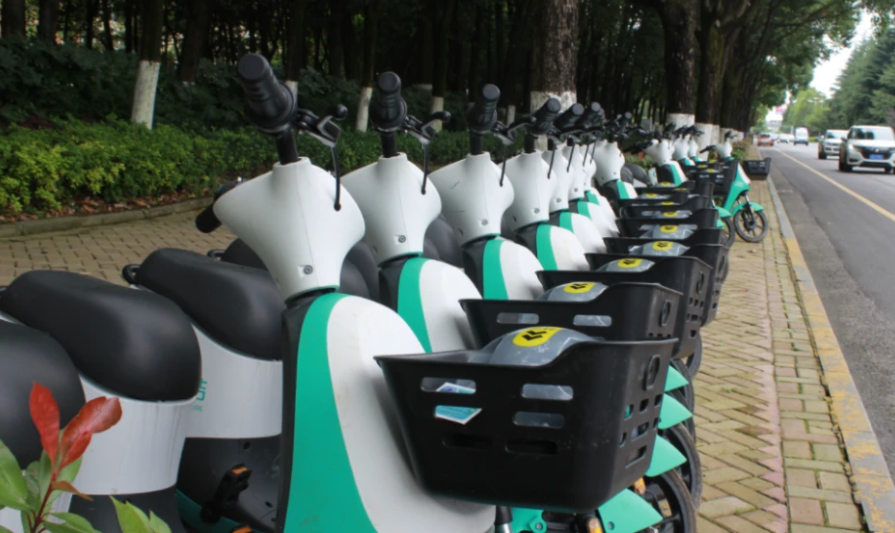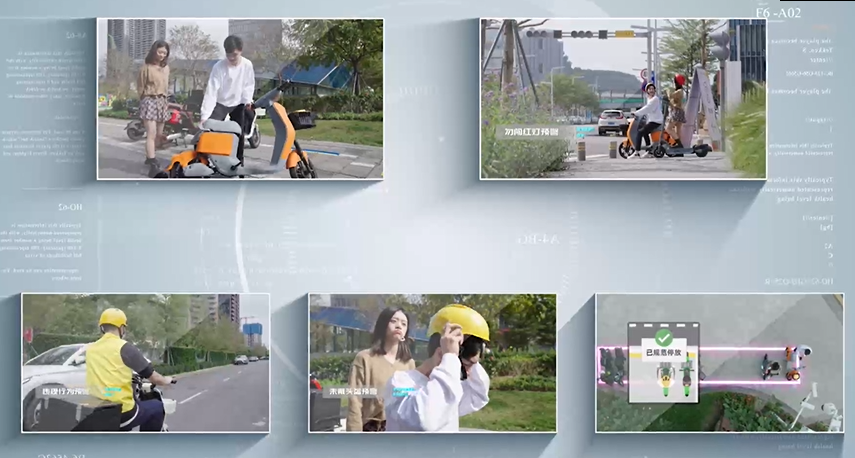In the traditional business logic, supply and demand are mainly relied on the constant increase of productivity to balance. In the 21st century, the main problem people face is no longer lack of capacity, but uneven distribution of resources. With the development of the Internet, business people from all walks of life have proposed a new economic model that adapts to the development of the times, namely the sharing economy. The so-called sharing economy, explained in layman’s terms, means that I have something that you can use when it is idle by paying a lower cost. In our lives, there are many things that can be sharing, including resources/time/data, and skills. More specifically, there is sharing manufacturing capacity, sharing e-bikes, sharing houses, sharing medical resources, etc.
(Image is from the Internet)
Currently in China, the sharing goods and services are mainly focused on the living and consumption areas, which are closely related to daily life. For example, the earlier trial of online cars, to the later rapid rise of sharing e-bikes, to sharing power banks/umbrellas/massage chairs, etc. TBIT, as a company engaged in connected car location services, is committed to solving people’s travel problems and follows the pace of the country by launching the service about sharing mobility.

TBIT has launched the “Internet+Transportation” model, which has greater advantages than online cars and sharing e-bikes. The cost of sharing bike is lower, and there is no requirement for road conditions, so it takes less effort and less time to ride.

(Image is from the Internet)
In the process of implementing sharing e-bikes, there are again many difficulties.
1. Selecting the area
In first-tier cities, the transportation infrastructure is relatively complete, the launch of any new transportation can only be done as a supplementary class of options, and ultimately just help solve the last 1 km of travel from the subway station or bus station to the destination. In the second and third-tier cities, the transportation infrastructure is relatively complete, the majority of tourist attractions, can be put in scenic spots, infrastructure is not perfect in the county-level cities, no subway, less public transport, and small city size, travel is generally within 5 km, riding about 20 minutes to reach, the use of scenarios more. So for the sharing electric bicycle, the best place to go may be the county-level cities.
2. Obtain the permission of put the sharing e-bikes
If you want to put the sharing e-bikes in different cities, you need to bring the relevant documents to the city’s administration to apply for approval.
For example, most of the cities nowadays choose to invite bids to put the sharing e-bikes, so it takes your time to prepare the tender documents.
3.Safety
Many riders has terrible behaviors, such as run a red light/ride the e-bike in a direction not allowed by traffic regulations/ride the e-bike in the not prescribed lane.
In order to make the development of sharing e-bikes more scale/ smart/standardized, TBIT has launched a variety of solutions applicable to sharing e-bikes.
In terms of personal safety, TBIT has solutions about smart helmet locks and enables the riders has civilized behavior during e-bike mobility. They can help the city management to manage the traffic environment well. In terms of regulating and managing the sharing e-bikes, TBIT has a solution about regulated parking . It can helps to improve the civilized level of cities. In terms of managing the put of e-bikes, TBIT has a two-wheeled vehicle supervision platform of cities, which can realize intelligent quantity control and scheduling maintenance monitoring of the placement scale of sharing e-bikes, and the systematic management efficiency is higher.

(Application scenarios of the solution)
As a mainstay in the sharing travel business, sharing e-bikes have great market potential, and the number of put is growing, forming a larger scale business model.
Post time: Feb-13-2023
.png)




